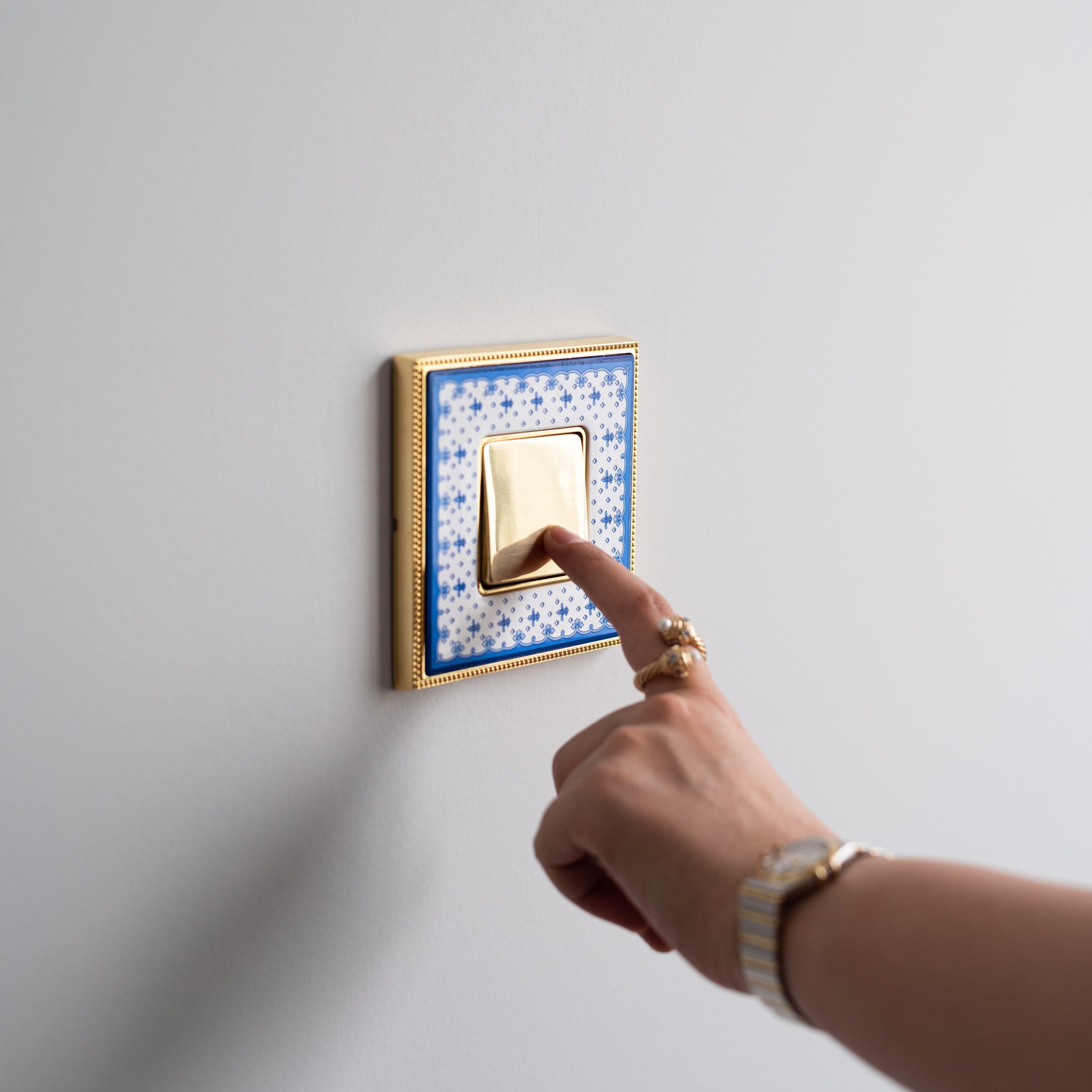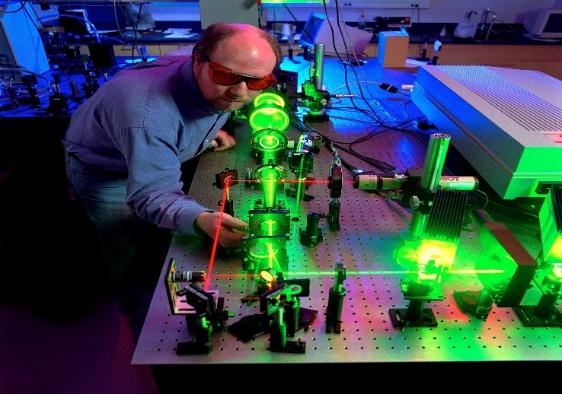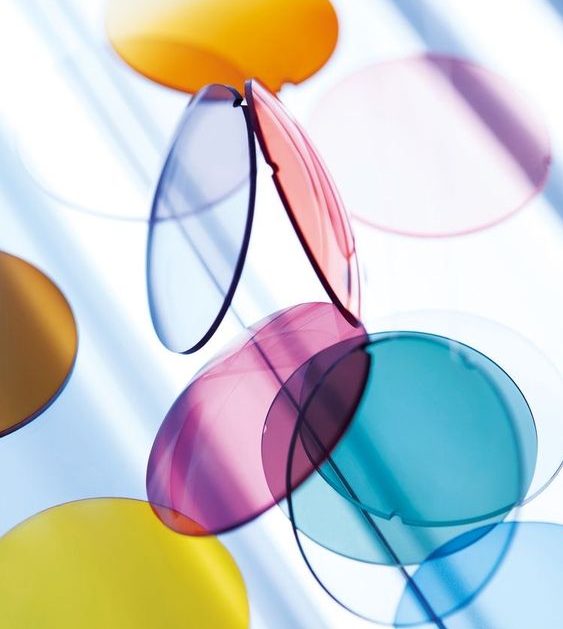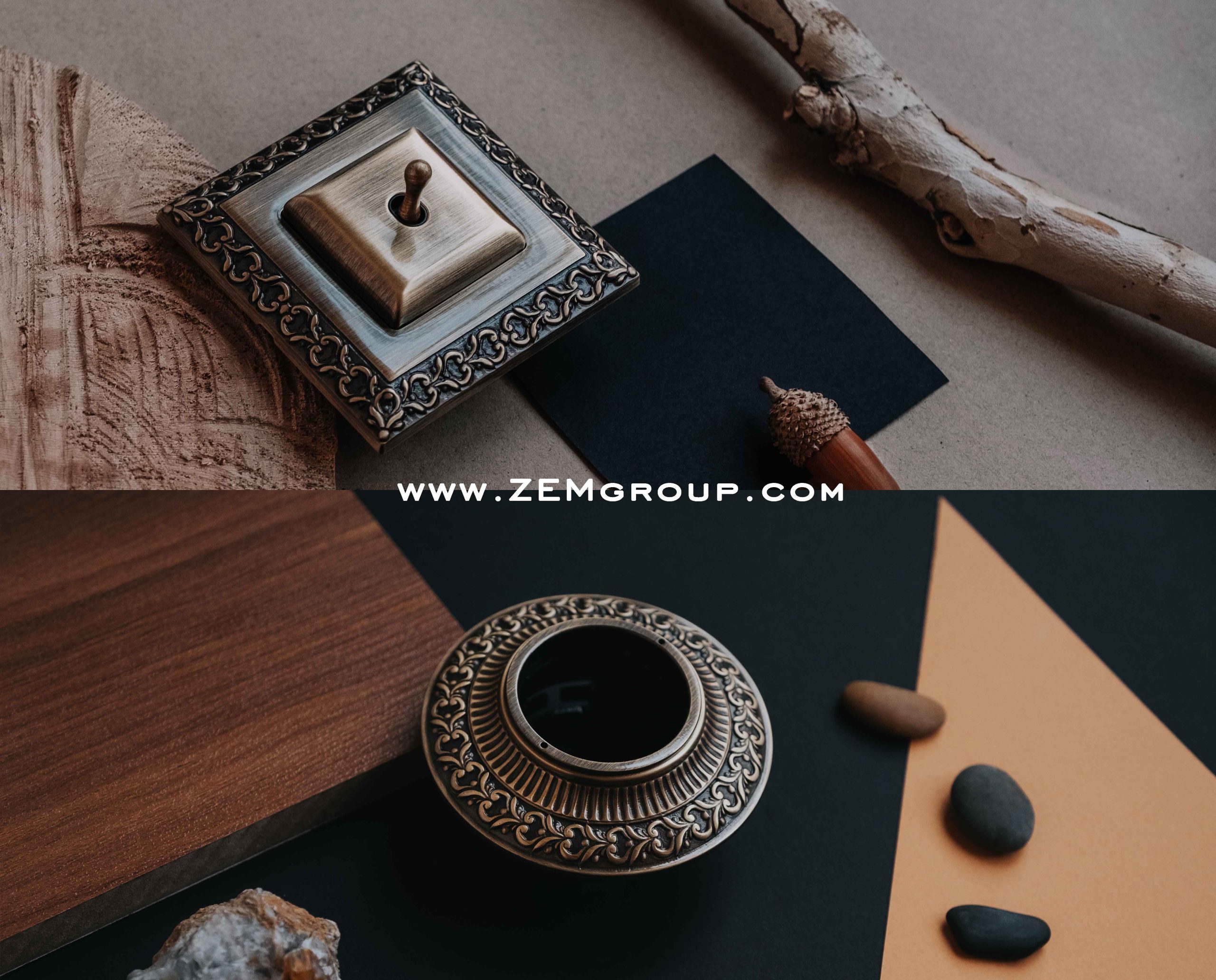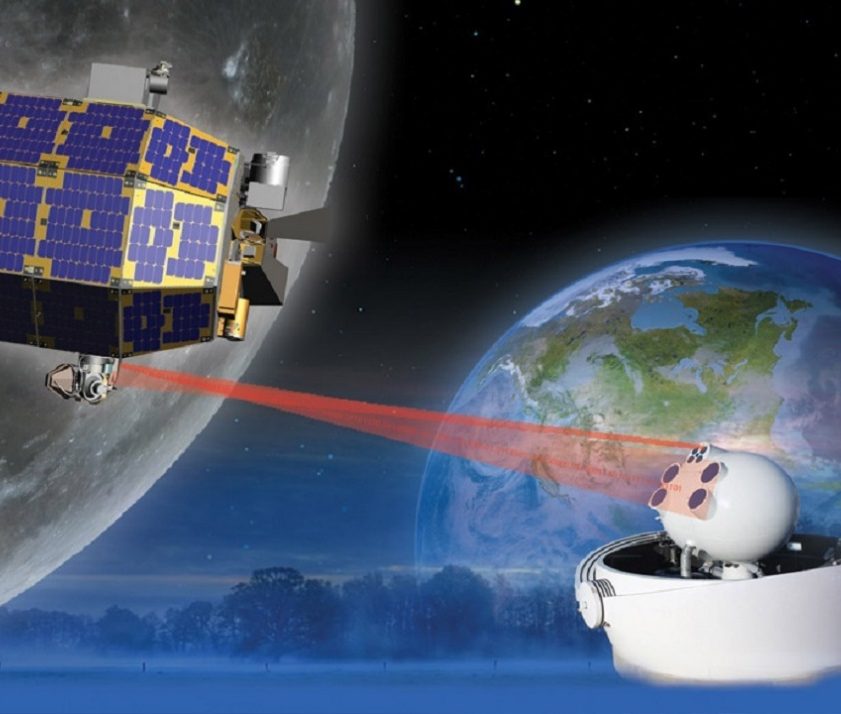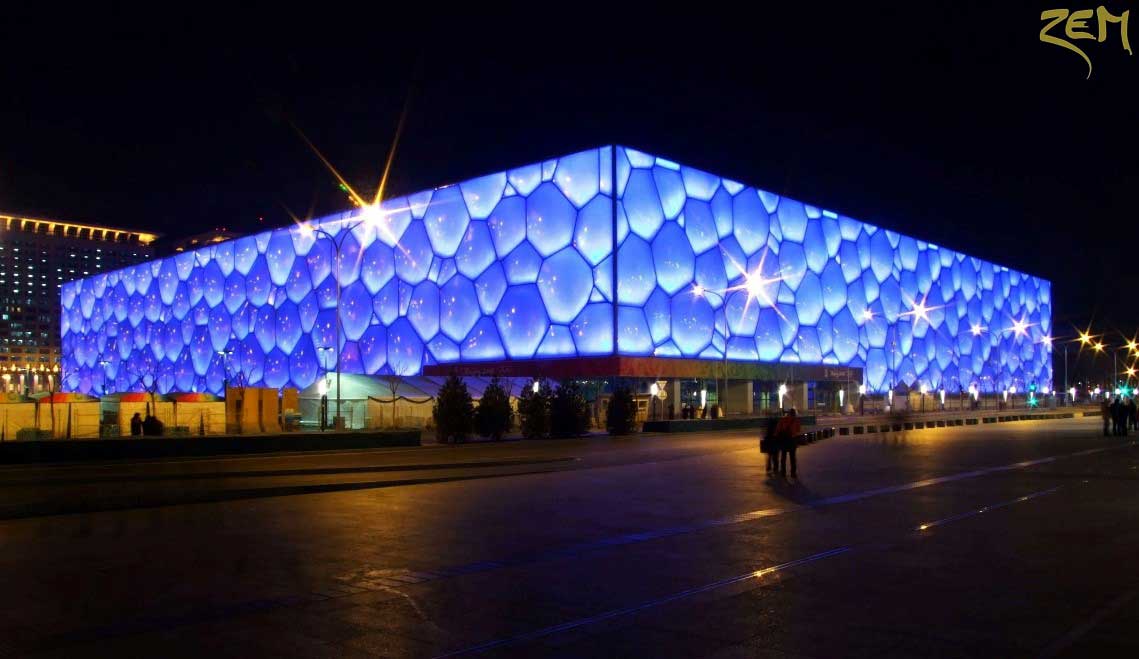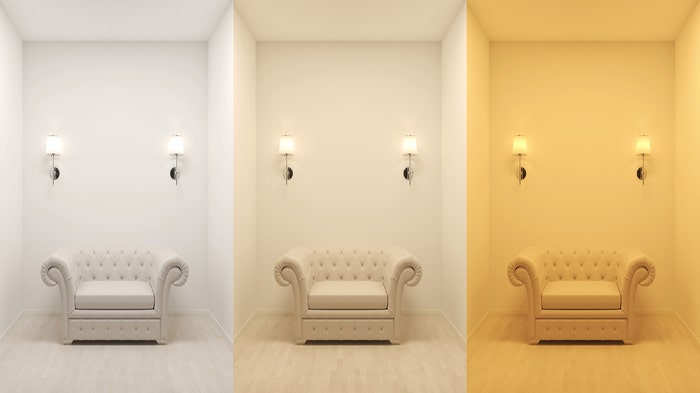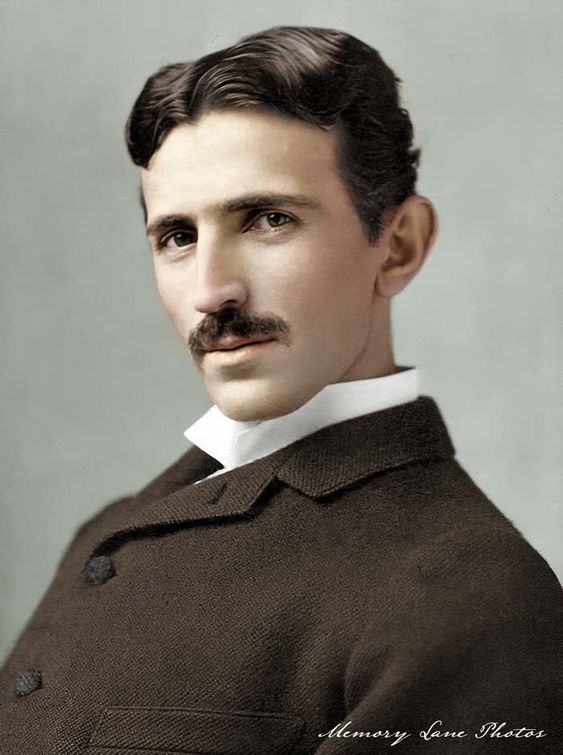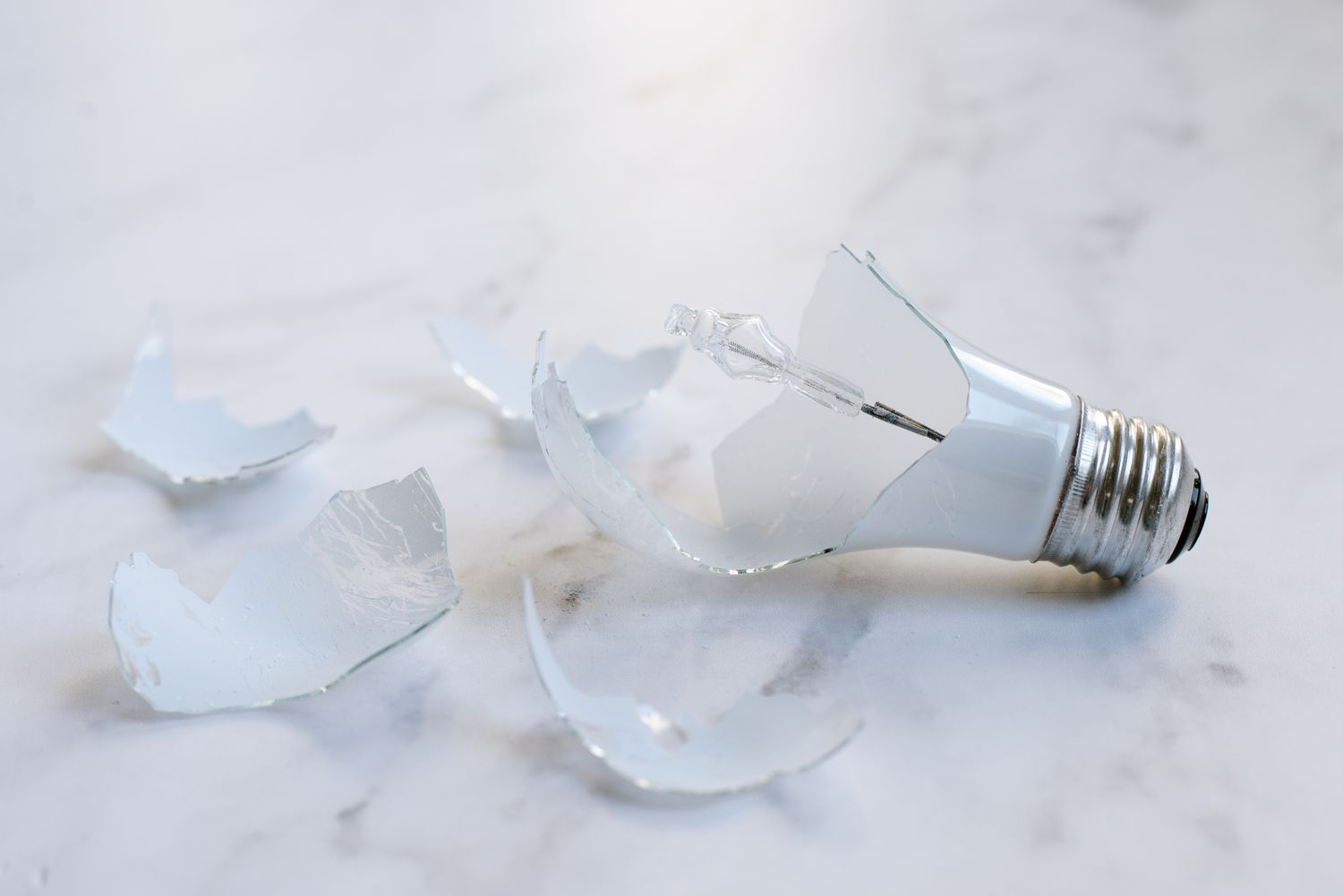Before dealing with the topic of this article for better understanding, read the article How light is created:
Sunlight: Sunlight is one of the natural lights that reaches the earth from the sun. Its color varies in the form of red, orange, yellow, green and blue in a wide range of colors. Sunlight has a natural spectrum that is very suitable for lighting and coloring. This type of light naturally creates a feeling of comfort and intimacy in spaces. Also, sunlight plays an important role in regulating our body’s biological clock and helps us regulate our sleep and wake cycles.
Nonnatural: Nonnatural has a color like sunlight with a spectrum that includes red and orange, but less blue and green. This type of light has a lower color temperature and is more towards red and orange. Warm white light creates a feeling of peace and comfort in spaces and is suitable for use in comfortable and intimate spaces such as bedrooms, living rooms and restaurants.
Cold white light: Cold white light has a spectrum that includes blue and green colors and less red and orange. This type of light has a high color temperature and a cooler color. Cool white light is used in bright and energizing spaces, such as workspaces, stadiums, and public areas. This type of light naturally stimulates wakefulness and energy and is suitable for use in spaces that require high concentration and strong lighting.
Ultimately, the choice between sunlight, warm white light and cool white light depends on the needs and the desired environment. Consider factors such as intended use, desired feelings, and environmental applications:
Sunlight
has a wide range of colors, including red, orange, yellow, green, and blue,
creating a sense of naturalness and comfort in spaces,
adjusting the biological clock of the body and influencing the sleep and waking process,
extensive use of natural lighting and appropriate coloring.
Natural light
has a color like sunlight with a spectrum of red and orange,
creating a feeling of relaxation and comfort in spaces.
It is usually used for comfortable and intimate spaces.
The color temperature is lower than sunlight and cold white light.
White light
has a spectrum that includes blue and green colors. It is
used in bright and energizing spaces such as workplaces and gyms.
It stimulates wakefulness and gives energy.
It has a high color temperature and a cooler color than sunlight and warm white light.
Therefore, the choice between these three types of light depends on the needs and the desired environment. For natural and comfortable spaces, sunlight or natural light is suitable, while for bright and energizing spaces, cold white light is suitable.
The light of lamps can appear colorful according to the principles of light and color perception. Here is a simple explanation:
Visible light spectrum: Visible light includes a spectrum of colors from red to violet. This spectrum is usually shown as letters, where each letter represents a color (red, orange, yellow, green, blue, indigo, and violet). We will discuss the additional explanations of the visible spectrum below.
Colored filters: Some lamps use colored filters or lenses to modify the emitted light. These filters selectively transmit certain wavelengths of light while absorbing others. For example, a red filter allows red light to pass while blocking other colors, resulting in red-colored light.
Phosphors and LEDs: In the case of fluorescent lamps or LED lamps, a different mechanism is involved. Fluorescent lamps contain phosphors, which are substances that emit light when excited by high-energy electrons. These phosphors can be coated inside the lamp tube and when electricity passes through the gas inside the tube, it excites the phosphors and causes light to be emitted. The specific combination of phosphors used can determine the color of the emitted light.
Color combination: Color combination is a basic principle in lighting design. A wide range of colors can be created by combining different colors. For example, combining red and blue light produces violet, while combining red and green light produces yellow.
white light
Before dealing with white light, let’s summarize how light is formed:
Light is a type of electromagnetic radiation energy that is made up of various radiation energies, such as radio waves, microwaves, ultraviolet rays, and X-rays.
Visible light or the light we see is in the middle of this electromagnetic spectrum and is a small part of this spectrum, but this visible light spectrum is always changing.
At the end of this spectrum, there is red color, which has the longest wavelength, and at the end, blue or violet light has the shortest wavelength.
The white light that is seen consists of the combination of all these colors. Primary colors such as green, red and blue and secondary colors such as magenta, cyan and yellow are obtained from the decomposition of white light.
The first person to prove this theory was Newton. Newton passed light through a glass prism to determine the color spectrum that makes up light, then passed that spectrum through another prism to combine these lights to form white light. This simple experiment led to a better understanding of colors. The component of the light became white.
Thomas Young, a Danish physicist, studied the theory and behavior of light in the 19th century. He developed the wave theory of light and showed that light is an electromagnetic wave that travels at a constant speed.
Thomas Young
James Clerk Maxwell, a Scottish physicist, presented a mathematical model to describe light in the 19th century. He presented Maxwell’s equations based on which light is described as an electromagnetic James Clerk Maxwell
Heinrich Hertz, a German physicist, investigated and described light and electromagnetic waves in the 19th century. In his experiments, he showed that light can move at a constant speed in space and he made this speed equal to the speed of light in vacuum. wave and the spectrum of different colors is explained in this model.
Heinrich Hertz
Cold white light, which is bluish, has various uses in industrial sectors. The color temperature has clear and balanced qualities. Because of its colder appearance, cool white has fewer lasting properties compared to daylight white light. This type of light is often used in places that usually require bright light, such as manufacturing facilities, construction sites, and structures that process chemicals and petroleum, because it is reliable for a variety of jobs. Although cool white light is not often used in living spaces, it may be used in garages, laundry rooms, and other dimly lit areas of the home.
shopping malls, hospitals, and public buildings are examples of commercial and retail locations that often use cool white light bulbs. Daylight color temperature lamps are not recommended for such settings due to increased risk of eye strain. In these environments, cool white settings encourage moderate attention and people can tolerate prolonged light exposure. It is very important to remember how bright colors and surfaces in a space may be accentuated with cool whites. If the walls and objects in the space are already white and bright, cool white light may not be the ideal choice.
Natural light or white/natural day
Natural light, or daylight, has a yellowish-white color, the use of which in the space brings a certain relaxation, because its brightness is like sunlight and conveys the feeling of the day. The temperature of these lamps is between 3000 and 2700 Kelvin. This pressure light It affects the eyes less than sunlight or white light.
Warm white light is used in various cases due to its warm and pleasant appearance. Several examples of warm white light use include:
Homes and comfort spaces: In homes and domestic spaces, warm white light is used to create a sense of warmth and comfort. Usually, it is common to choose warm white light in bedrooms, living rooms, and rooms used for rest and relaxation.
Restaurants and cafes: In restaurants and cafes, the use of warm white light can create a friendly and comfortable atmosphere. This light looks warmer and more welcoming and is suitable for environments used for speaking and watching performances and events.
Hotels and Residences: In the hospitality industry, warm white light is used to create a pleasant and relaxing environment for guests. This light is used for hotel rooms, lobby, restaurant and other spaces.
Health and beauty service spaces: In the terminology of the beauty and makeup industry, warm white light is used to create a calm and pleasant atmosphere. This light is used in massage rooms, make-up rooms and beauty salons.
Relaxation and recreation spaces: In relaxation spaces such as fitness halls, saunas and swimming pools, it is common to use warm white light. This light turns into a warm and friendly environment and is important for the comfort and relaxation of clients.
In general, warm white light is used in spaces that need to create a welcoming and friendly environment due to the feeling of warmth, relaxation and comfort.
Sunlight
It is important to know that in trying to simulate sunlight in lamps, it is not always easy to be completely accurate and obtain light like natural sunlight. But by using advanced technologies and improving the methods of light production, we are getting closer to the totality of natural sunlight over time.
Sunlight is used in different types of spaces and industries. Let’s examine some of the uses of sunlight together:
Normal lighting: In homes, offices, schools and public spaces such as shopping malls and restaurants, sunlight is used as a natural lighting source. Sunlight can brighten and liven up spaces and convey a more natural feeling.
Lighting systems: In exterior spaces and architecture, sunlight is used as a lighting element. By using intelligent design and proper positioning of objects, sunlight can contribute to the beauty and attractiveness of open spaces and buildings.
Solar industry: Sunlight is used directly in the solar industry. In the installation of solar panels to generate solar electricity, sunlight is absorbed by the panels and converted into electricity.
Agriculture: Sunlight is very important for the growth and nutrition of plants. In greenhouses and agricultural spaces, the use of natural light as a light source for plants facilitates better growth and improved performance.
In general, sunlight is used as a natural and sustainable energy source of light in many industries and spaces, and it brings many benefits including energy saving.
Signs that we should know to buy lamps!
To find out the color or color temperature of a lamp, you can look at the labels and markings on the packaging or the lamp itself. In many cases, lamp manufacturers use special marking systems that specify the color or color temperature of the lamp. In the following, we will examine some general methods to find out the color of a light bulb:
Color code: Some light bulbs have a color code on the packaging or on their body. This code is usually indicated by letters or numbers and tells you what color the light bulb is. Is.
Color temperature in Kelvin units: Some lamps have color temperature values in Kelvin units. For example, cool solar lamps typically have a color temperature above 5,000 Kelvin, while warm solar lamps typically have a color temperature below 3,000 Kelvin.
Pay attention to the image above:
White light: usually the color temperature is between 5000 and 6500 Kelvin. These temperatures are close to daylight, white or cold light.
Natural light: usually the color temperature is between 4000 and 5000 Kelvin. These temperatures are close to natural daylight and are known as natural light.
Yellow light: usually the color temperature is between 2700 and 3500 Kelvin. These temperatures are close to the well-known warm yellow light.
Color temperature on the specification sheet: On the specification sheet of the lamp, the color temperature or color of the lamp is usually specified. This information can be displayed in different categories such as “warm sun”, “cold sun” and “top xenon”.
It is important to remember that standards and markings may vary between lamp manufacturers. Therefore, it is better to check the product packaging for more accuracy, and if you need more detailed information, refer to the technical specifications page of the lamp.
How to form light and different colors such as white, natural and yellow in all kinds of lamps
LED lamp
They don’t use filaments that are in old lamps to light up. In LEDs, filaments have been replaced by semiconductors, and the way it works is that electric current passes through these semiconductors and light is produced. Then the light is absorbed by the phosphor coating inside the bubble and causes the lamp to glow. Two positive and negative semiconductors are used in LED lamps. The potential difference created by the electric current in the semiconductors creates an excitation on the negative side. To free themselves from this situation, the electrons move towards the positive side and upon reaching the junction of the two positive and negative semiconductors, they produce light. This produced light is used to keep the lamp on.
The most common way to produce white light in LED lamps is to use chips and light diodes. Blue diodes are used as primary light. In the optical chamber, they use a chip that integrates a converting phosphor, fluorescent dye, quantum dots or other converting materials. The blue light emitted by the LED excites the quantum dots. This excitation causes white light in the LED housing. Another method is to mix colors using LEDs of different colors such as red, green and blue, the intensity of each of which changes the temperature and color of the light. For example, using more red light causes the LED lamp to become sunny color or daylight.
tungsten lamp
The filament in the tungsten lamp is called the filament. The filament is placed in a glass bulb that is filled with a vacuum or inert gas to protect the filament from oxidation. The current reaches the filament through terminals or wires embedded in the glass.
To produce white light in a tungsten lamp, the filament is placed in a tube containing nitrogen gas, which is heated by electric current. When the filament is heated, it produces light with different color spectrums. The combination of these lights produces white light. However, if the filament is controlled at a temperature, a light close to natural daylight is produced. Now, if this electric current has a high intensity in the filament, yellow sunlight is produced.
Gas lamp
Fluorescent lamps have an elongated, narrow shape that emits light longitudinally, while gas lamps have an oval bulb inside which a glass cylinder is held by a metal holder. The electric arc created between the electrodes inside the glass tube which is filled with conductive gas produces energy in the form of light, while in old lamps this energy was used to heat tungsten filaments. Their types are: lamps Mercury vapor, low pressure sodium lamp, high pressure sodium lamp and metal halide lamp
All these lamps use the same structure and features. All of them, like fluorescent lamps, are considered a type of electric arc lights, which differ in the shape of the bulb.
Gas lamps use a combination of gases that can produce a spectrum of different colors. These gases usually include hydrogen, helium, argon and nitrogen. By adjusting the amount and ratio of these gases, it is possible to create white light with a wide range of colors.
To produce natural light in gas lamps, a special compressed gas is used. This gas usually includes hydrogen, helium and argon. With the proper combination and precise adjustment of the amounts of these gases, it is possible to produce light with a color close to natural light.
Compressing sodium gas is also used to produce yellow light. The amount and
The type of halides and their ratio with xenon gas are the factors that determine the final color spectrum. Therefore, by using different gases and halides in gas lamps, light with a color spectrum like sunlight or yellow is produced.
energy saving lightbulb
The way the low-energy lamp works has caused them to quickly replace incandescent lamps from the very beginning of production to reduce the cost of electricity consumption. The structure of the energy-saving lamp is made of a twisted tube or vacuum curve. A compact electronic ballast is placed at the base of the lamp. There are two electrodes at the two ends of this tube, which are filled with barium gas. The operation of the low-consumption lamp is in such a way that a converter switch is built into it, which replaces the high frequency and the starter.
The energy-saving lamp produces light through argon gas and mercury vapor inside a screw-shaped tube. The ballast embedded in this lamp passes the electric current through gas and mercury molecules. When the energy saving lamp is turned on, it takes some time for its mechanism to work and produce its final light. In fact, during this time, the lamp is heated and the molecules inside it are excited. When the molecules are excited, they start to produce ultraviolet or UV light, which is converted into visible light by the fluorescent material inside the bulb.
When an electric current passes through the gas, the electrons briefly collide with the atoms of the gas and the atoms go into a higher state. When the atom returns to the ground state, it emits energy in the form of photons. These photons are emitted as white light through the inner lining of the fluorescent tube, which is usually coated with phosphor. Phosphorus coloring technology is used to produce natural light. In this method, there is a phosphor layer inside the fluorescent tube that absorbs the blue or violet light produced by the fluorescent gas and emits it as natural light with a color close to natural light. It absorbs purple and is produced.
Xenon lamp
Xenon lamps start with xenon gas. The function of xenon lamps is the same as the formation of thunder and lightning. This lamp has an anode (positive pole) and a cathode (negative pole) that are connected to the electric field. Anode and cathode are located near each other and are in contact with neon gas in the chamber. Connecting the anode and cathode to the electric current causes them to get a very high and of course non-uniform electric charge and their potential difference becomes very large. The electric potential difference causes the xenon gas electrons to flow and separate them from the gas atoms, and in this way, the xenon becomes ionized and starts to glow. Creating this glow means turning on the xenon lamp.
To produce white light, xenon gas is placed inside a glass tube. When an electric current is passed through the gas, the electrons collide with the xenon atoms and the atoms are excited. When the atom returns to the down state, energy is released in the form of photons and these photons are emitted as white light through the glass tube. Xenon lamps are closer to natural light. But the production of natural light in xenon lamps depends on the exact composition of xenon gas and the use of suitable optical filters to correct the light spectrum. These filters are usually used to reduce some yellow and blue colors and correct the spectrum towards natural light. A yellow filter is used to produce yellow light in xenon lamps. This yellow filter is usually designed as part of the glass tube. The yellow filter selectively allows yellow light to pass through and enhances the yellow color.



